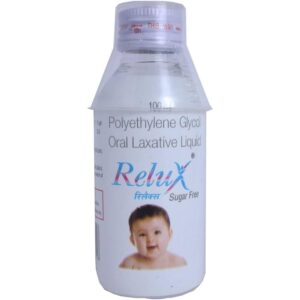POLYETHYLENE GLYCOL
POLYETHYLENE GLYCOL: Polyethylene glycol (PEG) is a medication that is commonly used as a laxative for the treatment of constipation. It is available over-the-counter and by prescription under various brand names.
The mechanism of action of PEG as a laxative is through osmotic activity. It works by drawing water into the colon, thereby increasing the volume of stool and stimulating bowel movement. This helps to soften the stool and ease its passage.
The dose of PEG varies depending on the specific formulation and the individual’s response to treatment. It is typically taken orally, and the recommended dose is usually based on the severity of constipation. It is important to follow the instructions provided by your healthcare provider or the directions on the product label.
Common side effects of PEG may include bloating, stomach cramps, nausea, and diarrhea. These side effects are usually temporary and mild. However, if they persist or worsen, it is important to consult a healthcare professional. In rare cases, more serious side effects like allergic reactions or electrolyte imbalances may occur. If any unusual or severe side effects are experienced, immediate medical attention should be sought.
It is important to note that PEG should not be used for a prolonged period without medical supervision. If constipation persists or becomes chronic, it is advisable to consult a healthcare professional to determine the underlying cause and appropriate treatment.


